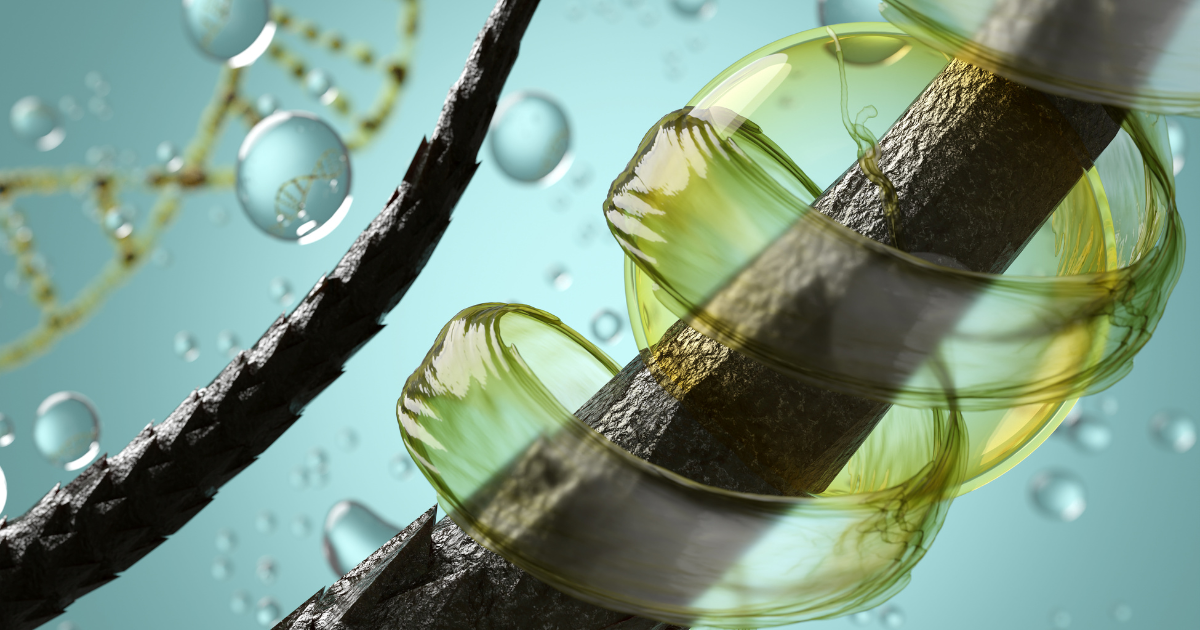A Beginner's Guide to Hair Anatomy: What You Need to Know

A Beginner's Guide to Hair Anatomy
Did you know that the average person has around 100,000 hair follicles on their scalp alone? Crazy right! Hair on our bodies has been around for ages, and believe or not, it actually has some beneficial properties to us, such as regulating body temperature and providing protection.
We’ve been messing around with our hair for decades from trying to remove it, to styling it, and sometimes even trying to grow it more, but what honestly is hair?
What Exactly Is Hair?
Before diving into the anatomy of the hair, let's talk about what exactly that beautiful hair of yours is made of. Biologically speaking, hair is primarily composed of a structural protein called keratin, which is the same protein found in our nails and skin.
Moving on to the main topic: hair anatomy. At the most basic level, hair is made up of three main parts: the hair shaft, the hair root, and the hair bulb. The hair shaft is the visible part of the hair that we style and care for, while the hair root is the part that is embedded in the hair follicle. The hair bulb is the base of the hair root, where new hair cells are formed.
The Hair Shaft:
The hair shaft is the visible part of the hair that we see above the surface of the skin. It's made up of three layers: the medulla, the cortex, and the cuticle.
The medulla is the innermost layer of the hair shaft. The cortex is the middle layer and is the thickest part of the hair shaft responsible for the hair's strength and elasticity and contains pigment cells that determine your hair's color. The cuticle is the outermost layer of the hair shaft and is made up of overlapping cells that form a protective barrier around the hair. It's responsible for preventing damage to the hair and giving it its luscious look.
The Hair Follicle:
The hair follicle is a small pocket located just below the surface of the skin that contains the hair root (this is what the laser is targeting). It's made up of several layers of different types of cells that work together to produce hair.
The innermost layer of the hair follicle is the dermal papilla, which contains blood vessels that supply the hair with nutrients and oxygen. The outermost layer of the hair follicle is the sebaceous gland, which produces sebum, also known as body oil, which helps nourish the hair.
The Hair Bulb:
The hair bulb is located at the base of the hair follicle and is responsible for producing new hair cells. It's made up of several layers of cells that work together to create the actual hair in a never ending cycle.
As new hair cells are produced, they're pushed up towards the surface of the skin by older cells. Eventually, they break through the skin's surface, becoming the hair we see.
So, there you have it - a crash course in hair anatomy. While it may not seem like the most exciting topic, understanding the basics of hair anatomy can go a long way in maintaining healthy hair and understanding the processes that work to remove it such as laser hair removal.


